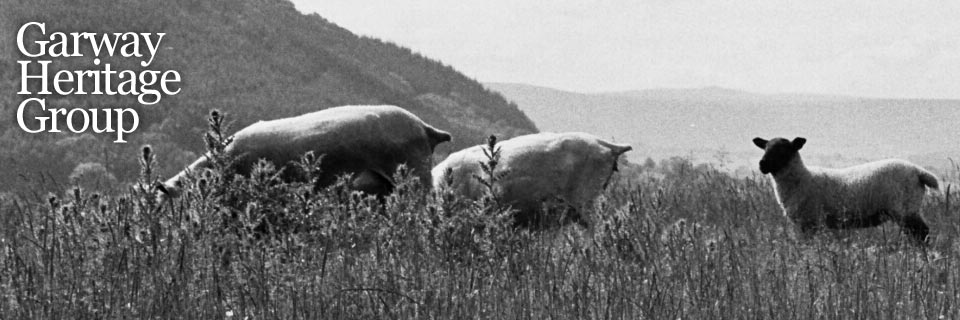Earthworks on Garway Hill Common that appear to relate primarily to the Medieval period consist of land management features - field boundaries and field systems. There is a series of low stone and earth banks spaced 12-14m apart running down the slope from the Iron Age enclosure which gradually peter out as they approach the Common edge. As field boundaries these are mysterious since the effect of ploughing downhill would, over time, cause the soil to migrate downslope.
There is evidence of a demarcation between parts of the hill used for arable production and as pasture for animals. A sinuous bank and ditch boundary runs from the Black Pool and may mark the extent of intensive farming on the Common during the Medieval period.
Within the west and north of the common there is evidence of strip lynchets or agricultural terraces on the hill slope to aid ploughing. A series of platforms set amongst the lynchets are also enigmatic. Devoid of surface features they give no immediate clue to their purpose, but seem certain from their position to be related to agricutural activities of some sort.
Medieval agriculture on the higher slopes of Garway Hill was probably abandoned for some time following the general population collapse which accompanied the Black Death in the 14th century. In fact the total population of Herefordshire remained below pre-Black Death levels until the 19th century, which placed less pressure on land use for several centuries. Since the lower land in the river valleys was more fertile it made greater sense to cultivate that first, and high level farming became unnecessary.

